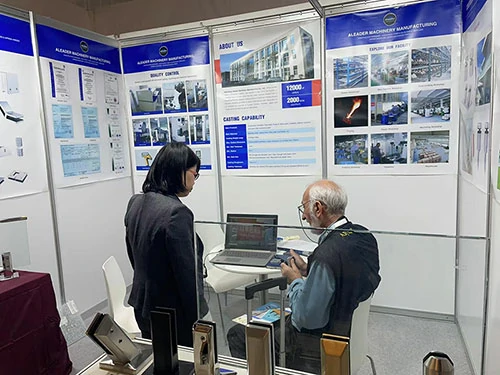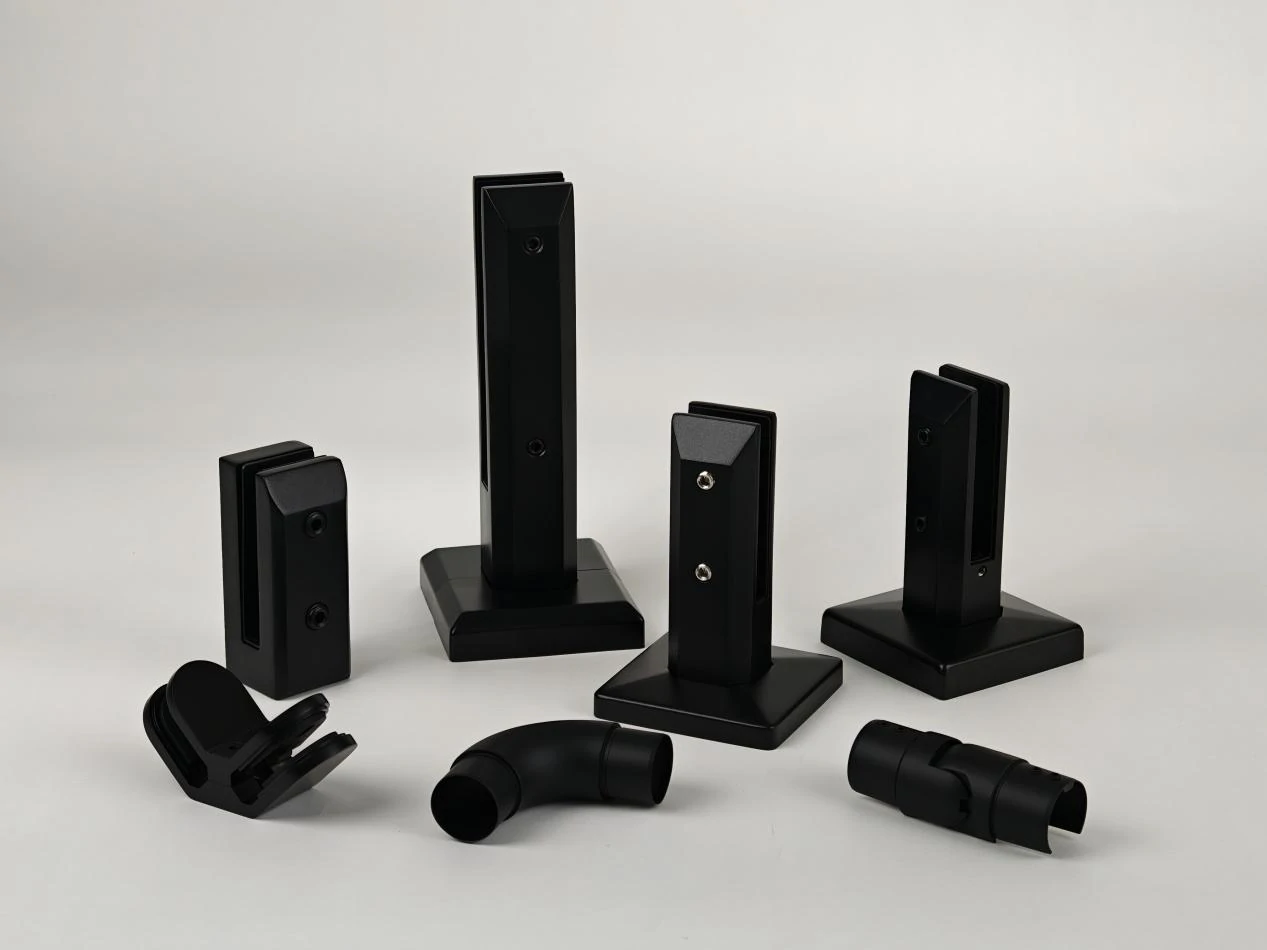With the continuous progress of modern medical technology, the manufacturing of medical devices has higher and higher requirements for precision and quality. As a machine casting company, we recognize the pivotal role of precision machining in advancing medical technology. This article systematically examines critical applications of precision machining in medical device production and our technological competencies in delivering cutting-edge solutions.
1. Precision components required for medical devices
Medical devices usually consist of multiple precision components, which are manufactured by precision machining techniques. Here are some key medical device components:
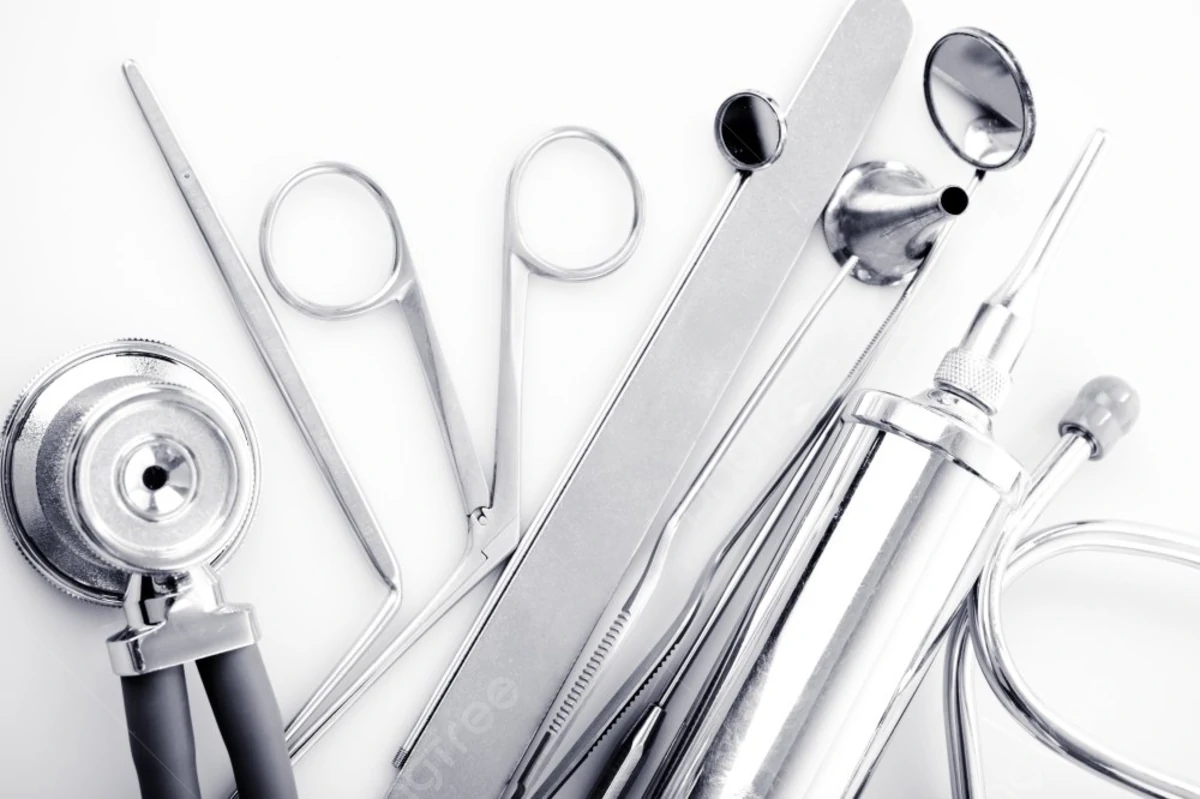
Structural components:
Shell and bracket: such as MRI machine, CT scanner and other large medical equipment shell and bracket, requiring high strength and good stability.
Connecting parts: such as screws, nuts, etc., are used to connect various parts of the equipment to ensure the stability and safety of the equipment.
Transmission system: such as gears, bearings, etc., used to transmit power and torque to achieve the precise movement of the equipment.
Functional components:
Sensor: used to monitor the patient's physiological indicators, such as heart rate, blood pressure, etc., requiring high sensitivity and high precision.
Actuator: such as motor, cylinder, etc., used to drive various actions of the equipment, such as the injection action of the syringe, the cutting action of the surgical instrument, etc.
Control system: including circuit board, controller, etc., used to control the operation of the equipment and monitor the status of the equipment.
Implants and surgical instruments:
Implants: artificial joints, such as hip joints and knee joints, require good biocompatibility and durability.
Surgical instruments: such as scalpels, pliers, tweezers, etc., which are required to have sharp cutting edges and precise dimensions.
2.The core technology of precision machining
Precision machining technology is the key to achieve high precision
manufacturing of medical devices. The following are some core technologies:
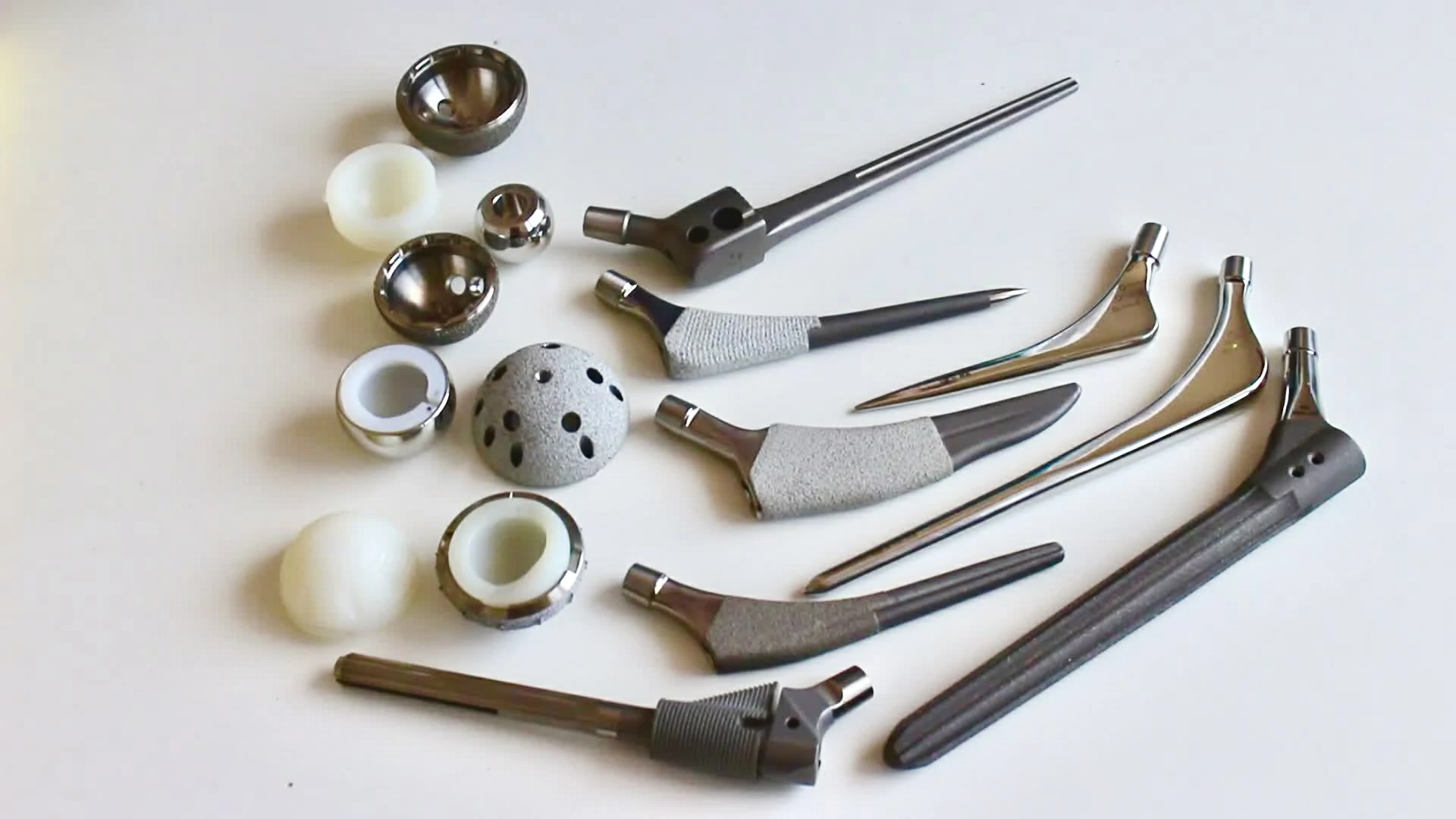
CNC machining technology:
Definition: CNC (computer numerical control) processing technology is a kind of automatic processing technology by computer program control machine tools.
Application: It is widely used in the processing of structural components and functional components of medical devices, such as shell, bracket, gear, sensor, etc.
Advantages: Can achieve high precision, high efficiency processing, and easy to realize automation and intelligence.
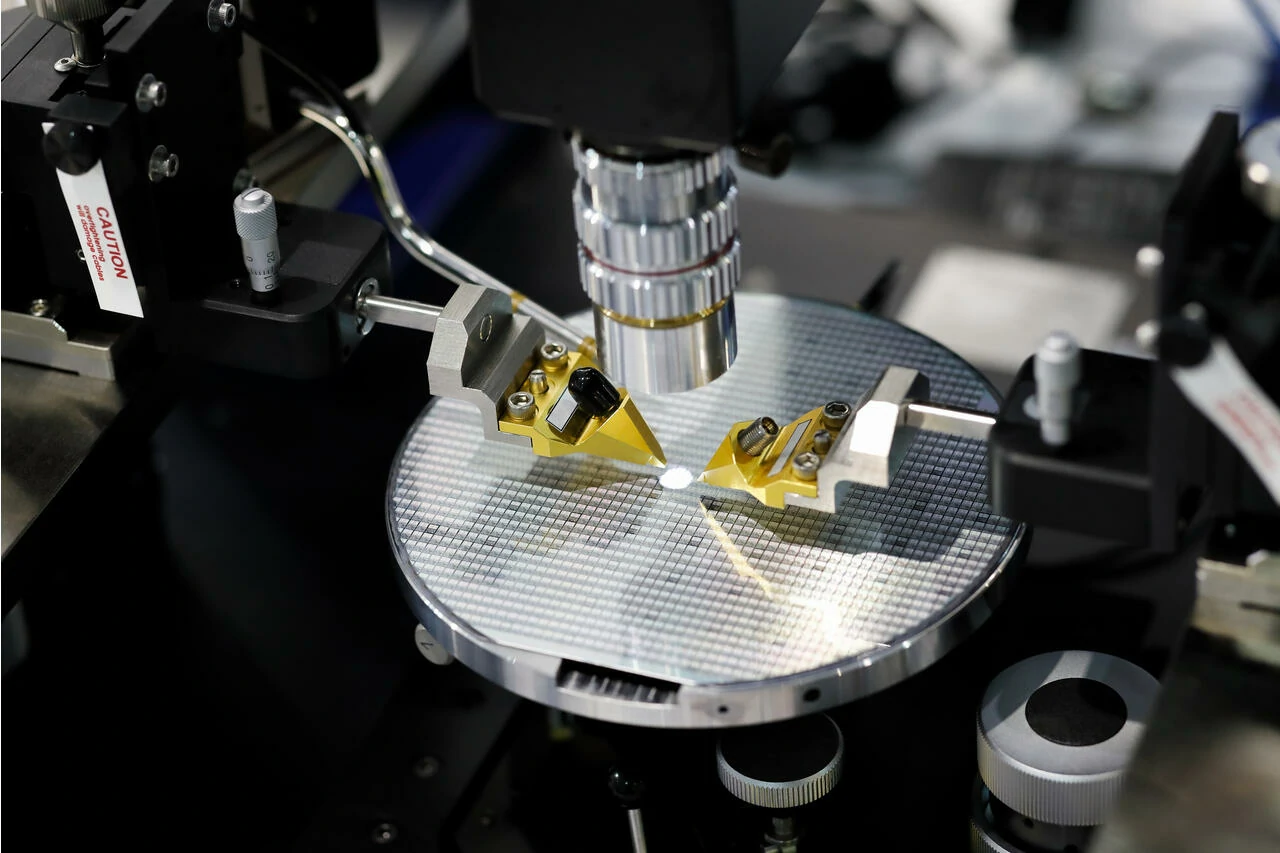
Micro and nano manufacturing technology:
Definition: Micro and nano manufacturing technology is a technology used to manufacture micro - and nano-scale devices.
Application: It is mainly used in the manufacture of micro medical devices, such as endoscopes, cardiovascular stents, etc.
Advantage: Capable of miniaturization, high-precision and high-reliability manufacturing.
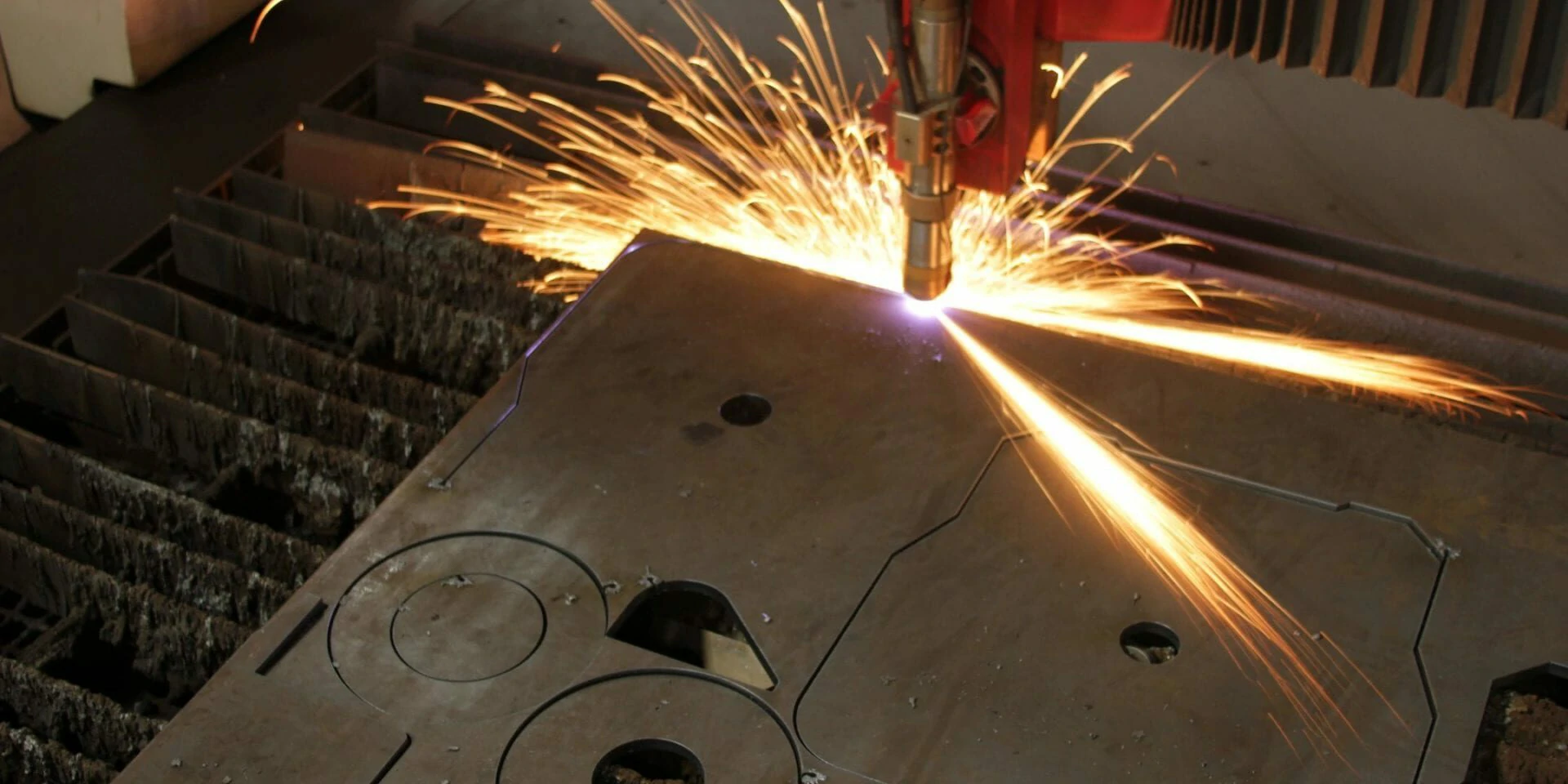
Laser processing technology:
Definition: Laser processing technology is a technology that uses a laser beam for cutting, welding, punching and other processing.
Application: In medical device manufacturing, laser processing technology is often used for cutting and welding of materials, such as cutting of metal materials, welding of plastic materials, etc.
Advantages: It has the characteristics of high precision, high efficiency, no contact, etc., suitable for the processing of complex shapes and structures.
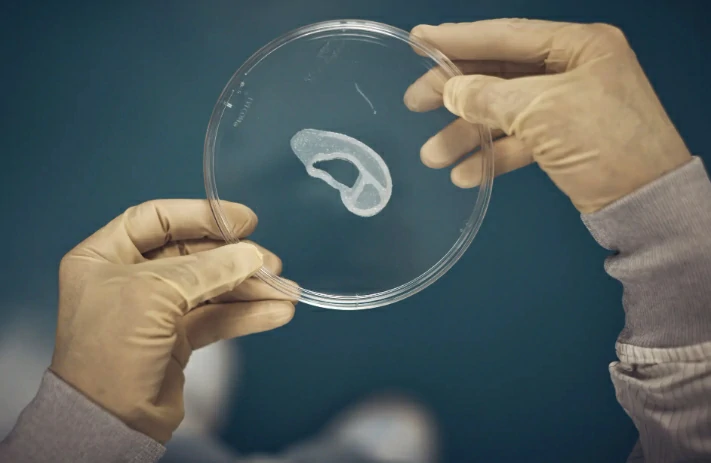
3D printing technology:
Definition: 3D printing is a technique for creating three-dimensional objects by stacking materials layer by layer.
Application: In medical device manufacturing, 3D printing technology is often used to create complex shaped implants and surgical models.
Advantages: Personalized customization, high precision and efficient manufacturing.
3.The advantages of precision machining in the medical device industry
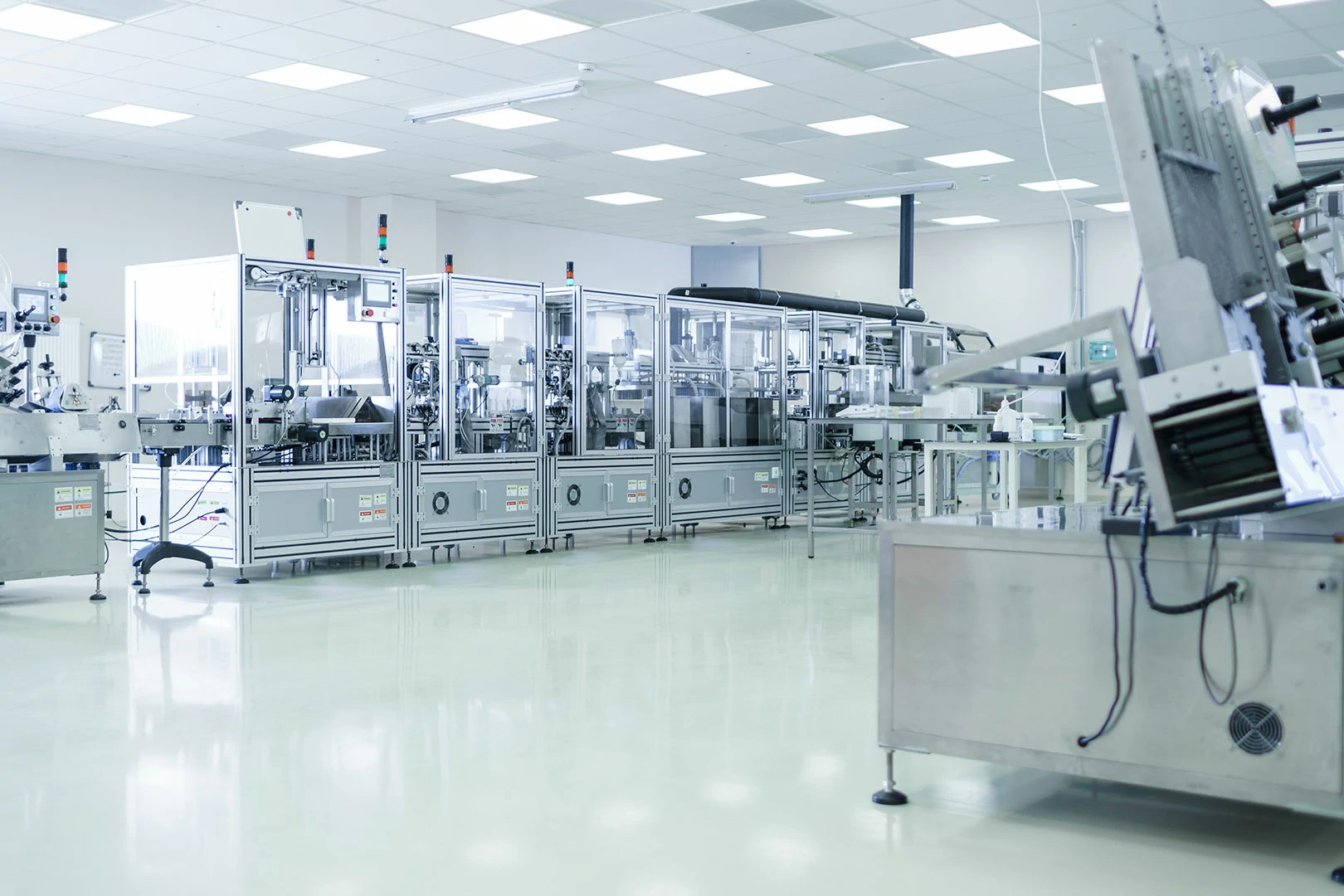
Improve product accuracy:
Precision machining technology can achieve micron-level processing accuracy to ensure the accuracy of the size, shape and position of medical devices, thereby improving the overall performance of the product.
Enhanced biocompatibility:
Through precision machining, the surface finish of medical devices is improved, reducing friction and irritation with biological tissues, and enhancing biocompatibility. This is especially important for implants and surgical instruments to reduce postoperative discomfort and complications for patients.
Shorten the production cycle:
Precision machining technology has the characteristics of high efficiency, which can shorten the production cycle of medical devices. This is essential to meet the needs of the medical industry for rapid response and timely delivery.
Enable personalized customization:
With CAD/CAM technology and CNC machining technology, medical devices can be customized according to the specific needs of patients. This can not only improve treatment results and patient satisfaction, but also reduce medical costs.
Conclusion:
Precision machining technology plays a vital role in medical device manufacturing. It not only improves the accuracy and quality of products, but also enhances biocompatibility, shortens the production cycle, enables personalized customization, and promotes technological innovation. With the continuous progress of medical technology and the increasingly diversified needs of patients, precision machining technology will play a more important role in medical device manufacturing.

